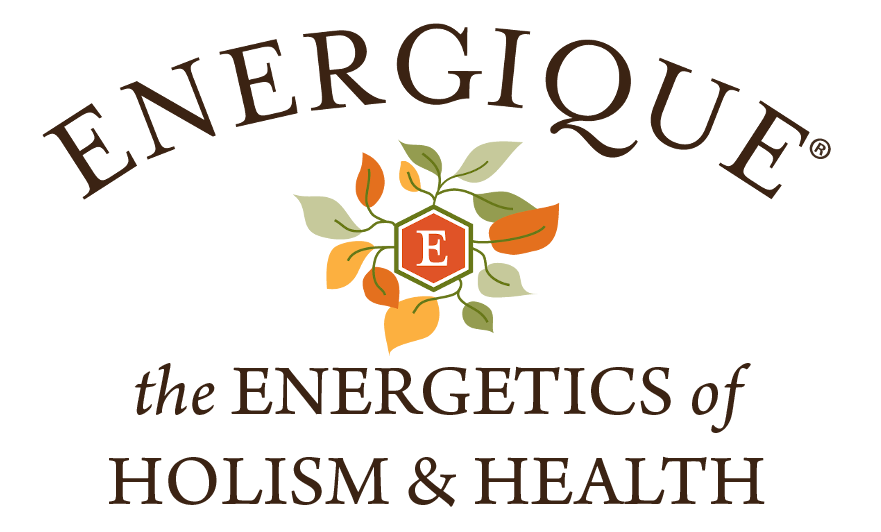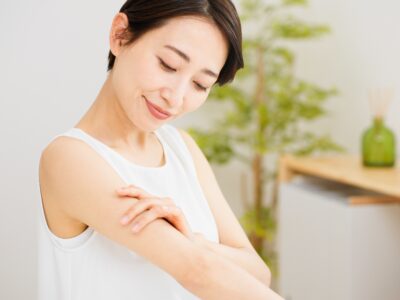Topically applied homeopathic products are becoming increasingly popular for a variety of local afflictions, especially pain and skin complaints. While good results can often be achieved through oral dosing as well, there are certain remedies throughout the homeopathic literature that stand out for their history of topical use. Not only do some remedies seem particularly effective when applied topically in low potency, this method of dosing can improve patient compliance in a world where people are used to applying creams, salves, and gels to relieve certain symptoms. While any remedy in the homeopathic materia medica can be applied topically, below are a few of the most popular and effective remedies for topical use, many of which can be found in Energique products such as our Trauma+Gel, Cort Sym™ Gel, and new Care And Comfort Cream™
Note: topical homeopathic applications may be prepared in many ways. For any topical homeopathic product, always consult the directions for use and do not apply to any area, including broken skin, for which the product was not specifically intended.
Arnica montana: This remedy is so popular as a topical application for all types of pain that it is more useful to describe its limitations than praise its virtues. Arnica is the go-to homeopathic remedy for acute injury, but its true use should really be limited to pain due to extravasation, or in other words, bruised soreness. The classic indication for which Arnica works best is extreme tenderness to any type of touch, typically resulting from a contusion such as a blow or a fall. Blood is actually a very inflammatory substance when it leaves the capillary interior and contacts tissues. Any type of injury that leaves a bruise, evidence of extravasated blood, calls for Arnica, as do some types of injury that do not cause bruising, like minor sprains and muscle soreness after exertion. Arnica often helps to relieve the pain in these cases, though other more specific remedies may be used alongside for better results.
Bellis perennis: This lesser-known homeopathic remedy, a botanical relative to Arnica, is very similar to Arnica in its action, but has been used more specifically for deep as opposed to superficial bruising. It can be very effective for relieving pain after abdominal surgery, where the bruising may occur deeper in the body. It also tends to work well for muscle soreness affecting the back.
Hamamelis virginiana: This is the most popular topical remedy for homeopathic relief of hemorrhoid pain. A lesser-known use for Hamamelis is bruising around the eyes, for which it tends to work better than Arnica. A typical black eye is a perfect indication for Hamamelis. The connection here happens to involve the action of Hamamelis upon the veins, as opposed to the capillaries where Arnica acts best. The dramatic bruising behind a “black eye” results from damage to a large venous plexus surrounding that area, in fact anatomically similar to the hemorrhoidal plexus found in the rectum. While it is useful to learn a certain remedy’s specific indications, to become a true expert in homeopathy it is necessary to know why a given remedy is so well-suited to its particular condition, so that distinctions and comparisons can be made with other similar remedies. Herein lies the unique challenge of homeopathy: remedy prescriptions must often be extraordinarily precise, which explains why many well-selected remedies fail to act.
Belladonna: This is the prime homeopathic remedy for relieving swelling, heat and redness. When Belladonna is indicated, pains tend to be intense and throbbing. It’s useful for injuries with an “angry” appearance that is hot and red, as well as reducing the intensity of skin irritations. Interestingly, the mental state may also become angry, with rage and violence characterizing some of the more intense conditions that can call for this remedy.
Calendula officinalis: Calendula is the best remedy to promote healthy suppuration. The greatest concern with any open wound is bacterial infection, and so there is often a need to apply topical antimicrobial treatments to cuts and scrapes, but it should be acknowledged that suppuration is a natural part of wound healing that helps break down damaged tissue and remove debris. Not every discharge of pus necessarily implies an infection. To promote healthy suppuration after an injury, applying topical Calendula in homeopathic dilution has been found effective.
Hypericum perforatum: This remedy is specific for injuries to nerves and nerve-rich areas. The pains tend to be either sharp and shooting upwards, or throbbing and excruciating. Hypericum works wonders for crush injuries, especially to nerve-rich parts such as the fingertips and toes. Hitting your thumb with a hammer, slamming a finger in a car door, or stubbing a toe are all painful injuries that can be treated almost instantaneously with a dose of Hypericum. Because the skin in general is so rich in nerve endings, Hypericum can also work well for scuffs, scrapes, and injuries that damage large parts of the skin, as well as surgical incisions that may sever small nerves.
Plantago major: This is an underappreciated topical remedy for nerve pain. It tends to be overshadowed by Hypericum, which is far better known, but while Hypericum is useful after acute injuries to nerves, Plantago seems to work better for aches and throbs that seem to come out of nowhere. Plantago is most famous as a topical treatment for a toothache, but it’s also useful for an earache, face pain, or any condition characterized by superficial aching, boring, itching, or stinging. It’s even been used topically for poison ivy and should be considered one of the best homeopathic pain relievers.
Staphysagria: The deep action of Staphysagria as a constitutional remedy is well known to classical homeopaths, but it also has some very effective topical uses. Particularly, Staphysagria works well as a topical application for lacerations to sensitive areas. The pains of Staphysagria are like a papercut: sharp, exquisite, and seemingly disproportional to the true extent of the injury. It can be combined with Hypericum to cover most surgical incisions and seems to work better than other remedies when injuries occur to sphincters. Minor trauma after childbirth or medical procedures involving the colon can respond well to topical Staphysagria, and very specific indication for which it works spectacularly would be pain after hemorrhoid removal, as this involves lacerating a sphincter.
Thuja occidentalis: This remedy has proven to be the most effective topical homeopathic treatment for warts. While there are of course other remedies for warts – Natrum Sulphuricum, Dulcamara, Causticum, Staphysagria, Lycopodium – Thuja seems to work the best in most cases.
Astacus fluviatilis: An extremely obscure but nonetheless useful remedy, Astacus is made from crayfish. Like many of the substances used in homeopathy, its origin is obscure and its therapeutic value stems from a folk tradition that was likely discovered accidentally. In the case of Astacus, it was discovered by lacquer workers that crayfish are a surprisingly effective cure for the rash of poison ivy, as certain forms of lacquer were traditionally prepared from plants in this family. Thanks to the homeopathic literature, this surprising fact has not been forgotten and Astacus fluviatilis can still employed topically for itching, hives, and other forms of minor skin irritation. You won’t find this remedy in many formulas, but as an active ingredient in Energique’s Cort Sym™ Gel, it makes our product stand out among other, more basic topical formulations.


 Zinc Carnosine for Healthy Digestion: When Probiotics Aren’t Enough
Zinc Carnosine for Healthy Digestion: When Probiotics Aren’t Enough